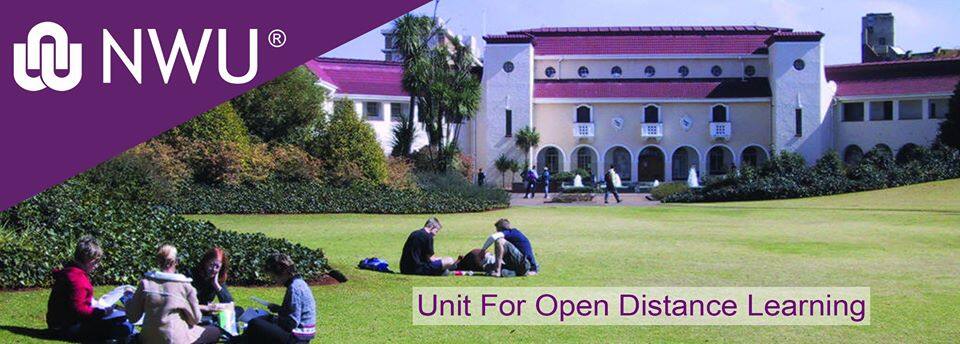

Step 2: Plan the framework of your module Prior to planning your module, you need to think of your learning design in which social, technological and didactic challenges are recognised as interdependent dimensions of a successful learning experience. Based on the above, Dr Mouton has compiled a five-step framework to assist distance lecturers in this virtual environment. This having been said, the lecturer must keep in mind that communication with students must be timeous and the delay factor can negatively influence student learning. Within this distance environment, knowledge of blended learning, synchronous and asynchronous methods, a flipped-classroom approach, web-based learning and project-based learning are keys that can unlock student potential and performance. Virtual interaction with other students is important, as it can be argued that if lecturers know their students, it may add to student motivation and self-discipline in order to achieve success.” Interaction with other students from diverse socio-cultural backgrounds is an important element in considering student engagement. “From a lecturer’s point of view, it can be accomplished by creating a virtual space to meet the student. As a distance lecturer, one should focus on collaboration in which group interaction can promote socialised learning, as this could form a foundation to motivate students to learn and to promote learning satisfaction.”ĭr Mouton says that an environment can be created in which there is mutual trust, knowledge and respect. This will guarantee student-lecturer success to some extent.

With these skills they are also guided to assess their arguments to defend their reasoning. We as lecturers need to constructively assist students to acquire these skills with which they are constantly being challenged to invest in quantitative reasoning and higher-order thinking skills. “Students also need to change their mindset, as they need to instinctively focus on self-regulated learning skills. In contrast, she adds, the distance classroom is a very lonely place for lecturer and student alike, and this new “virtual” space can be like opening Pandora’s Box, as the feeling of isolation may be overwhelming for the lecturer. This opens up new possibilities that are quite different from the face-to-face classroom sessions in which students provided energy to the way we teach. More than ever before, the value of language, collaboration and interactions directly contributes to the active role of learning. “This awareness creates a social presence that urges us to include each and every student’s personality and background.” That being said, lecturers’ constructivist thinking further builds on connectivism, social constructivism and socio-culturalism, according to Dr Mouton. Within our newly created environment, the student-technology-lecturer role constructively created a cognitive presence that is grounded in many forms of communication.” Now we find ourselves in a world in which we are in a mega-paced, technological environment in which constructivism gains new and more meaning.

The days when lecturers could focus only on lecturing have passed. Now we can fearlessly introduce new technologies in our online endeavour. “From a Business School perspective, this is a new, bumpy road with potential. “Let’s change it to the C of vision, of possibility, of new strategic thinking in a new ‘abnormal’ world, which suddenly became the new normal. This C suddenly does not remind us of the summer holidays, but rather fills us with a new fear that we have never encountered before.ĭr Nelda Mouton, an educationalist at the Business School of the North-West University (NWU) with extensive experience in education issues, makes a few suggestions. Who could have guessed that distance education would be the compass of 2020! This is not only the alley for students and lecturers alike, but it opened up new horizons with unending possibilities and ongoing potential in the world of technological communication.Ĭovid-19 is the new buzz word, and within days the big C became the topic of many (if not all) conversations.

Technology Transfer and Innovation Support.Student Academic Lifecycle Administration.


 0 kommentar(er)
0 kommentar(er)
